Daniel Stuhlpfarrer, Typefaces, Graphic design, Info + Contact, Trial Fonts, Fonts in use, Instagram, Behance, LinkedIn, Custom Font Generator, Composition Maker, Imprint, GDPR, EULA, FAQ
Back Typeface:
Hawara
〔EN〕 Somewhere between Beta Feelings and Axis Euphoria, the vibe shifts—smooth, unexpected, and low-key iconic. The rhythm flows like perfectly adjusted tracking, always aligned but never predictable. It’s all about that perfect balance: Kerning Kisses with just enough space to breathe, where every pause feels intentional and every detail hits right. The mood interpolates, gliding from bold statements to light whispers—it’s giving soft life vibez,
a seamless blend of chill energy and quiet confidence. A little Terminal Treasure here, a subtle Cap-Height Cry there—rizz in every detail, because sometimes the smallest glyphs carry the biggest feelings.
Available via Mail.
Features:
- 647 characters
- Upper case, lower case
- Numerals, Oldstyle, Proportional, Tabular, Lining, Superscript & Subscript
- 2 styles and 2 variations (family of 4 fonts)
- Soft, Soft Italic, Hard and Hard Italic
- Diacritics (normal accented & extended accented)
- Standard and discretionary ligatures
- Fractions, symbols, punctuation & mathematical symbols.
- 25 layout functions: aalt, c2sc, calt, case, ccmp, dlig, liga, lnum, locl, onum, pnum, smcp, ss01, tnum, kern, mark & mkmk
- Gender integration (asterisk matches letters)
- Variable font available
Language support:
38 languages: Afrikaans, Albanian, Basque, Bosnian, Catalan, Croatian, Czech, Danish, Dutch, English, Estonian, Filipino, Finnish, French, Galician, German, Hungarian, Indonesian, Irish, Italian, Latvian, Lithuanian, Malay, Norwegian Bokmål, Polish, Portuguese, Romanian, Slovak, Slovenian, Spanish, Swahili, Swedish, Turkish, Welsh, Zulu
Look:
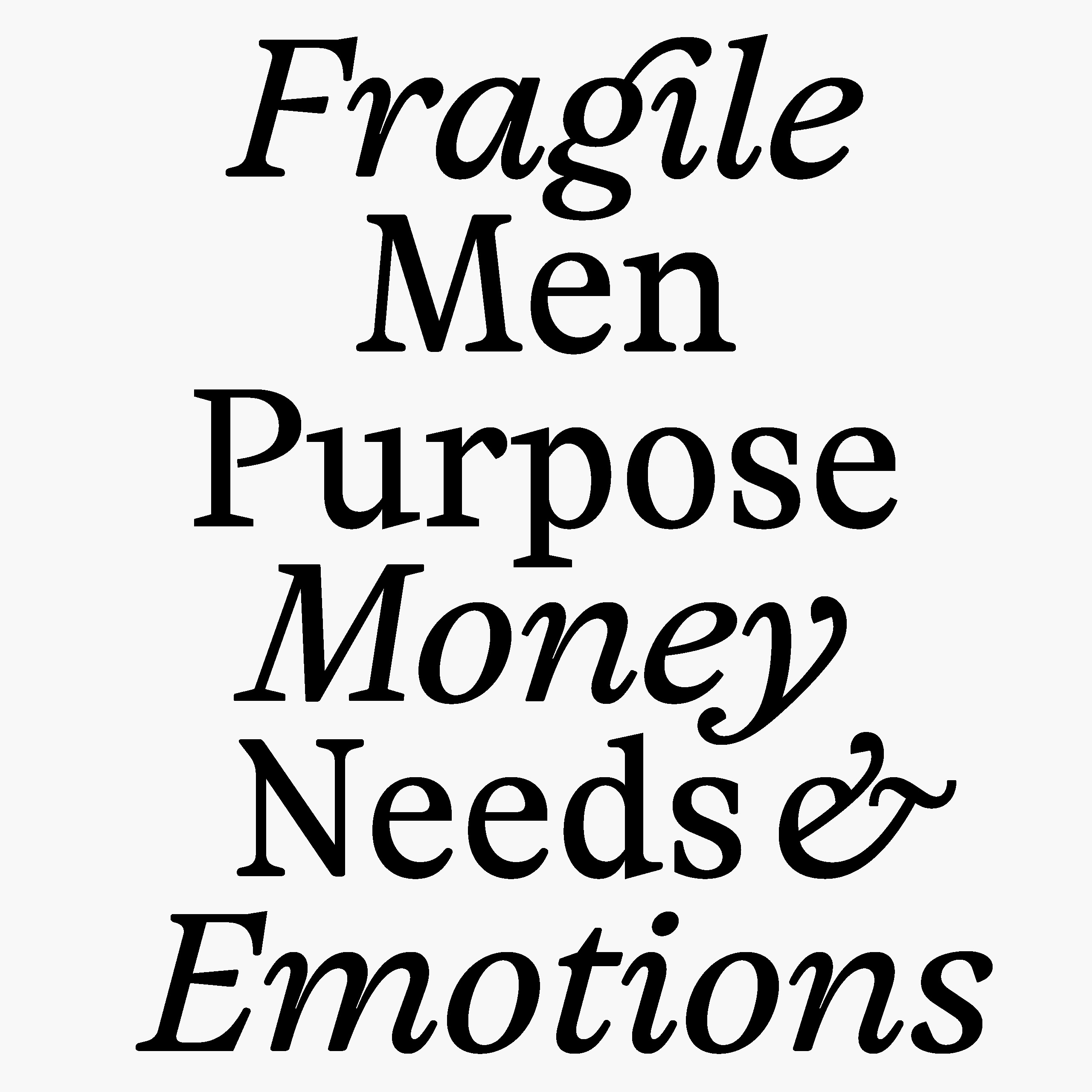
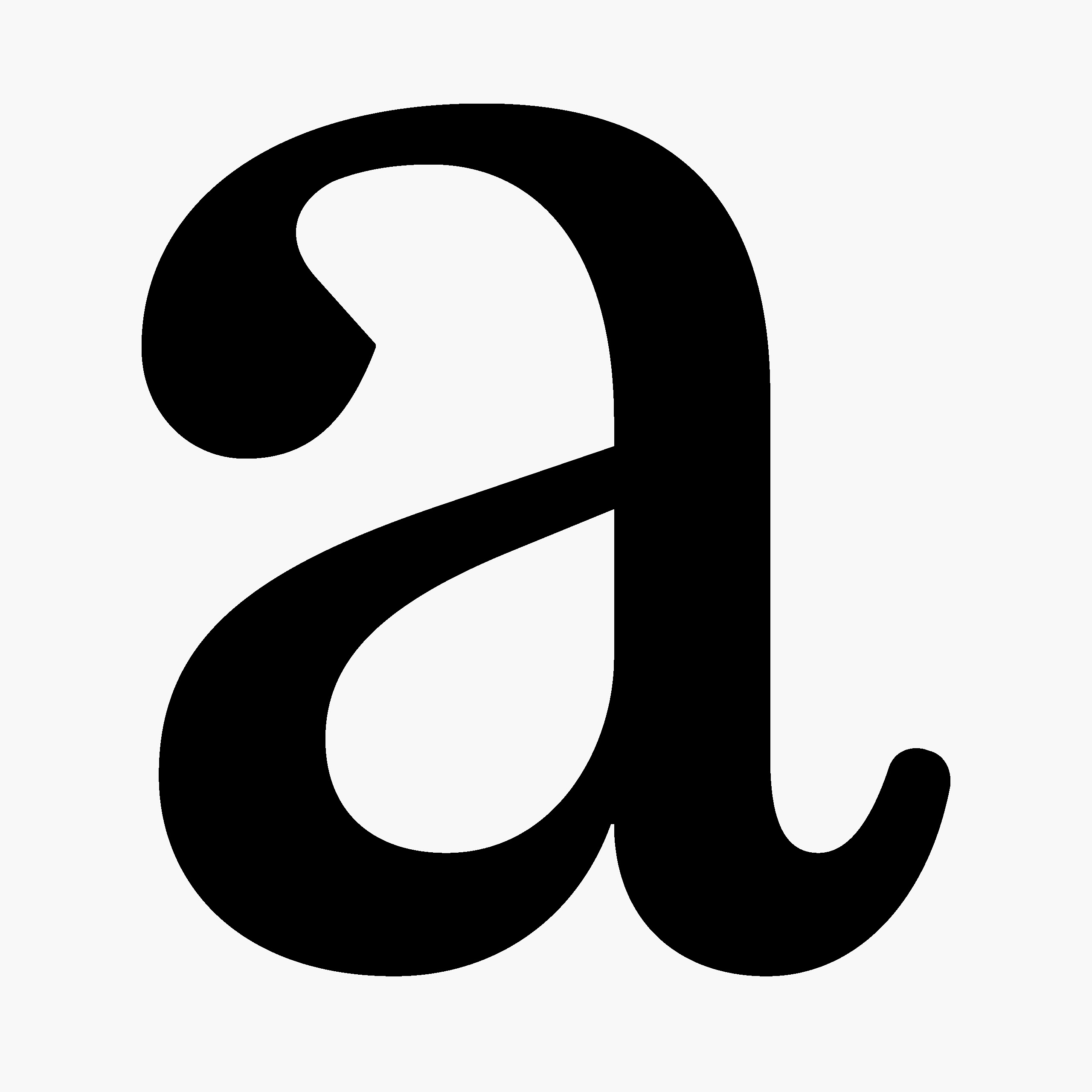
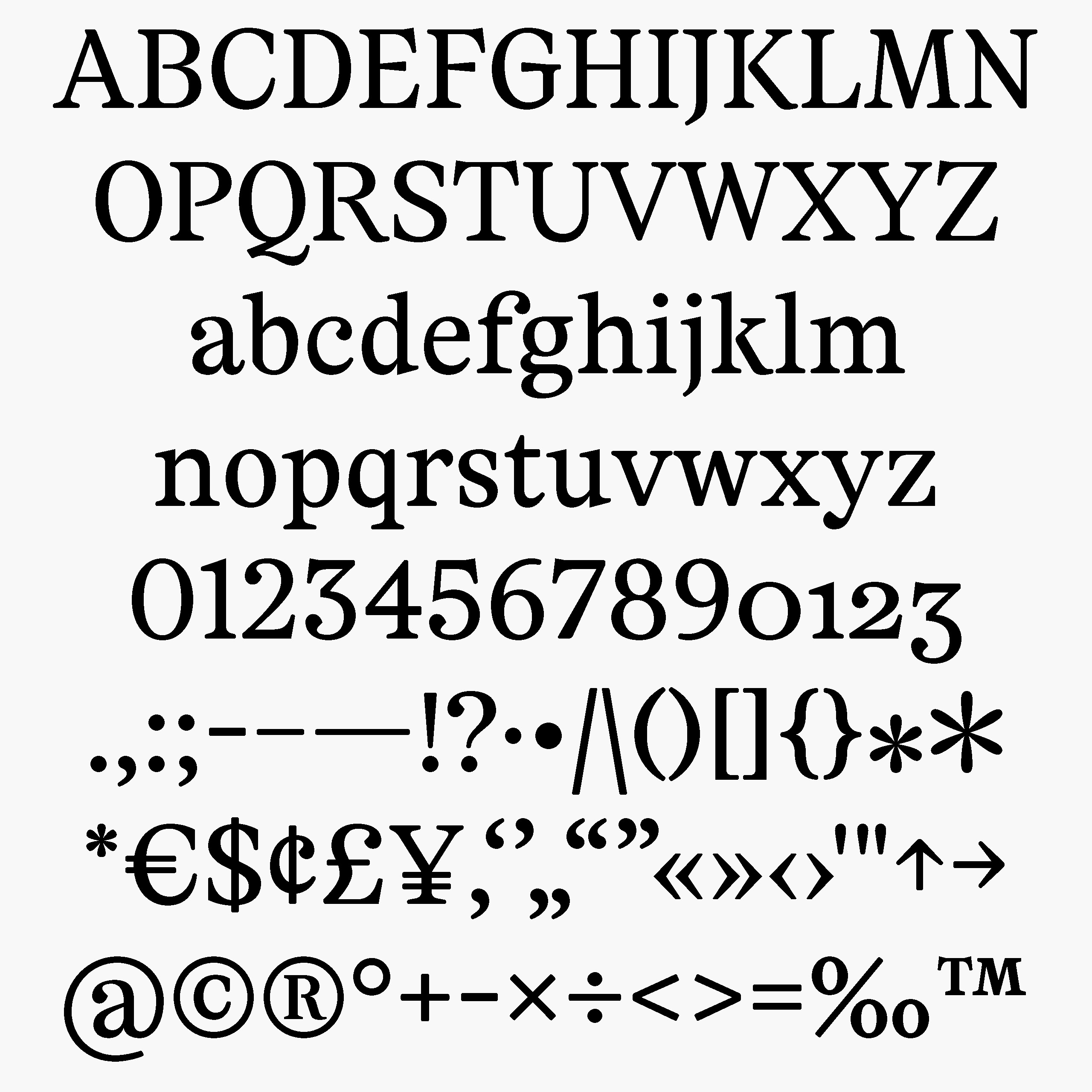
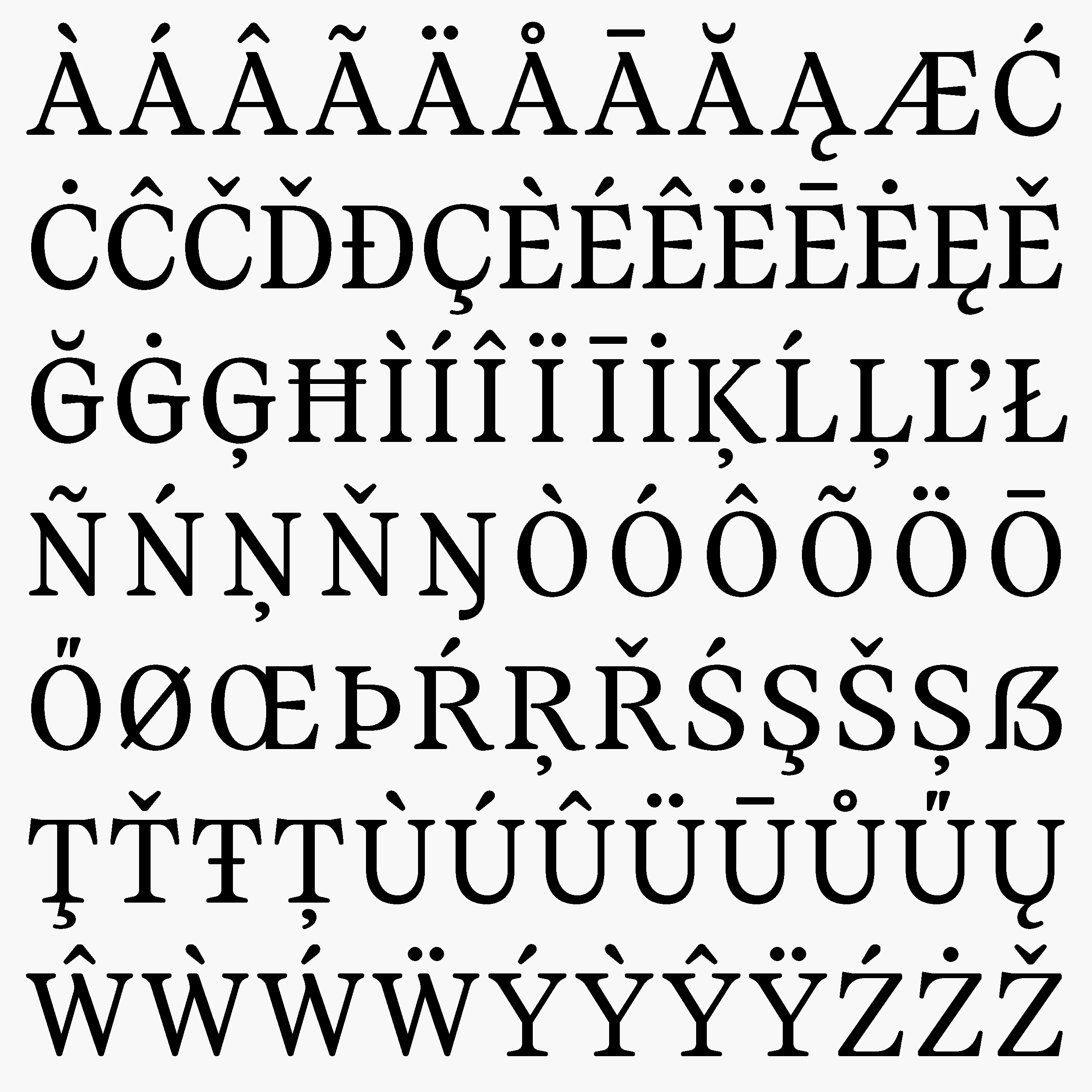
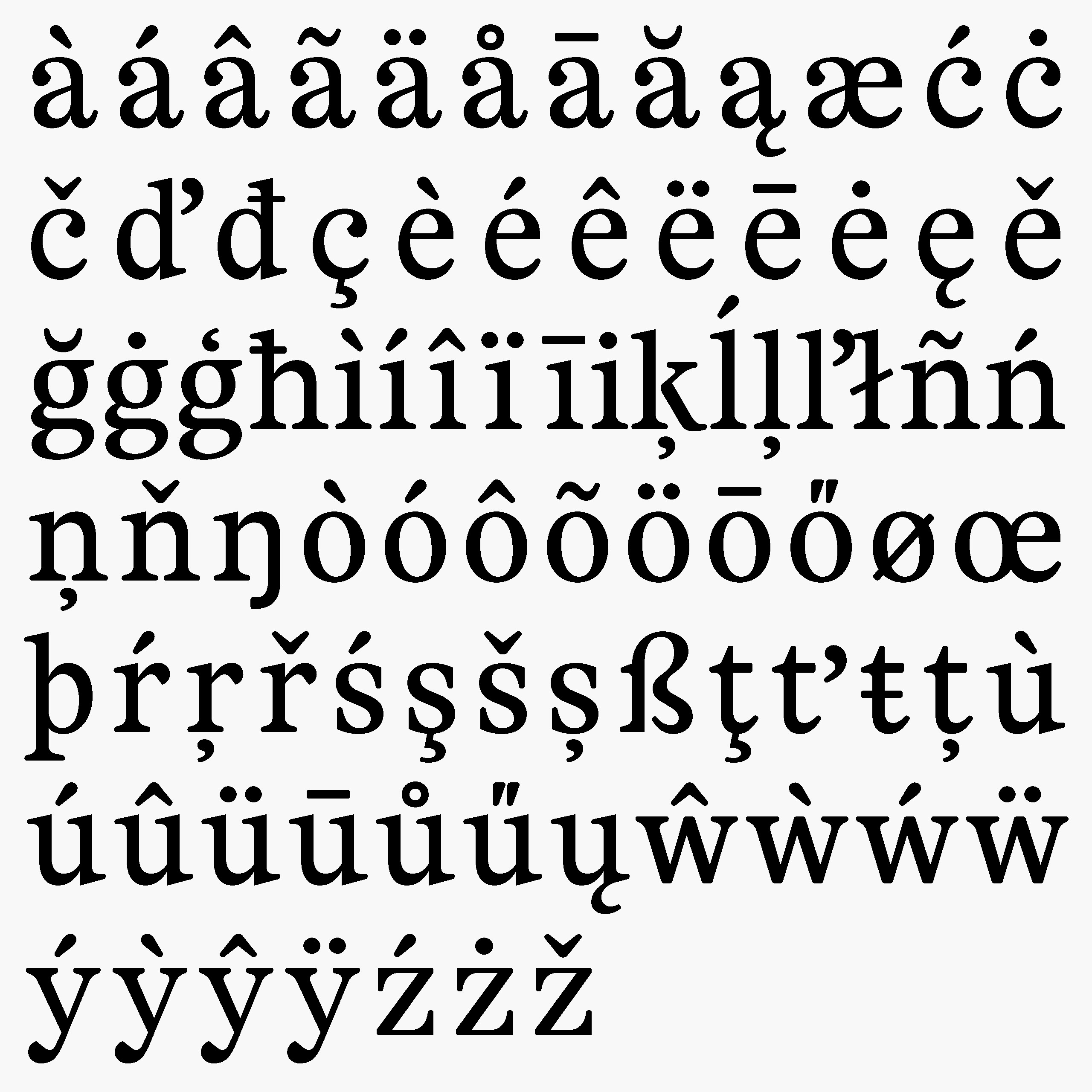

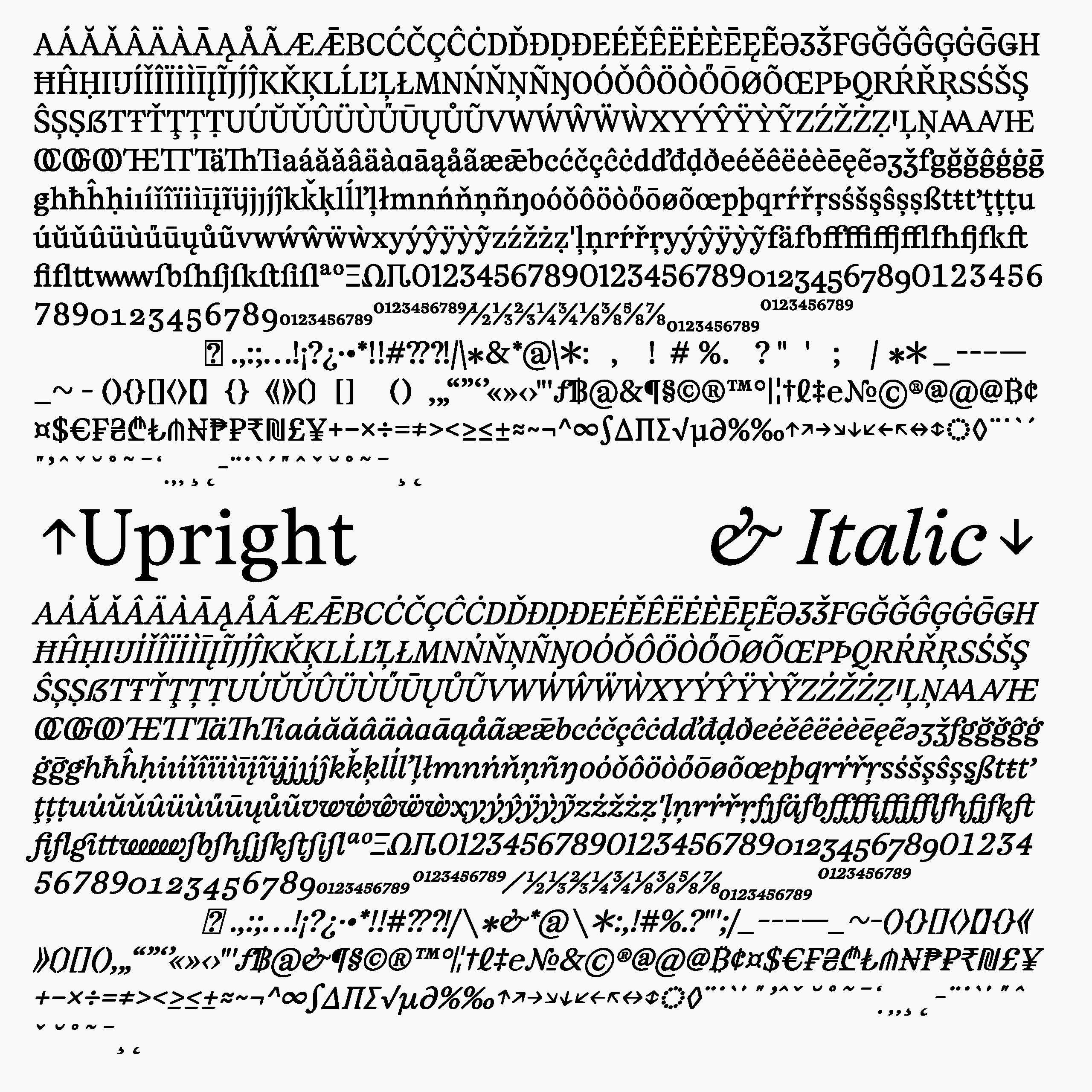
Hawara
Upright
& Italic
Hawara Soft
Austria, formally the Republic of Austria, is a landlocked country in Central Europe, lying in the Eastern Alps. It is a federation of nine states, one of which is the capital, Vienna, the most populous city and state.
Hawara Soft Italic
The native name for Austria, Österreich, derives from the Old High German Ostarrîchi, which meant “eastern realm” and which first appeared in the “Ostarrîchi document” of 996.
Hawara Hard
Austria is a largely mountainous country because of its location in the Alps. The Central Eastern Alps, Northern Limestone Alps, and Southern Limestone Alps are all partly in Austria. Of the total area of Austria (83,871 km2 or 32,383 sq mi), only about a quarter can be considered low-lying, and only 32% of the country is below 500 metres (1,640 ft).
Hawara Hard Italic
However, the de facto common spoken languages of Austria are not Austrian German taught in schools but Bavarian and Alemannic dialects: Two Upper German local languages or collection of dialects with varying degrees of difficulty being understood by each other as well as by speakers of non-Austrian German dialects.